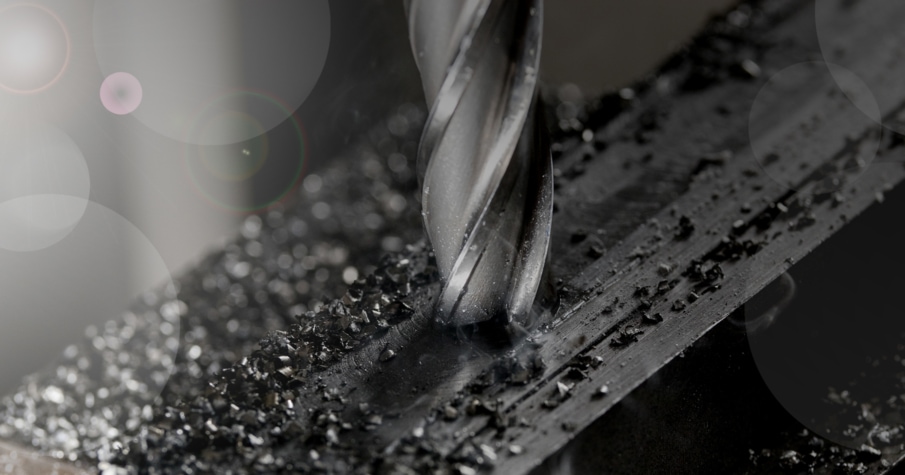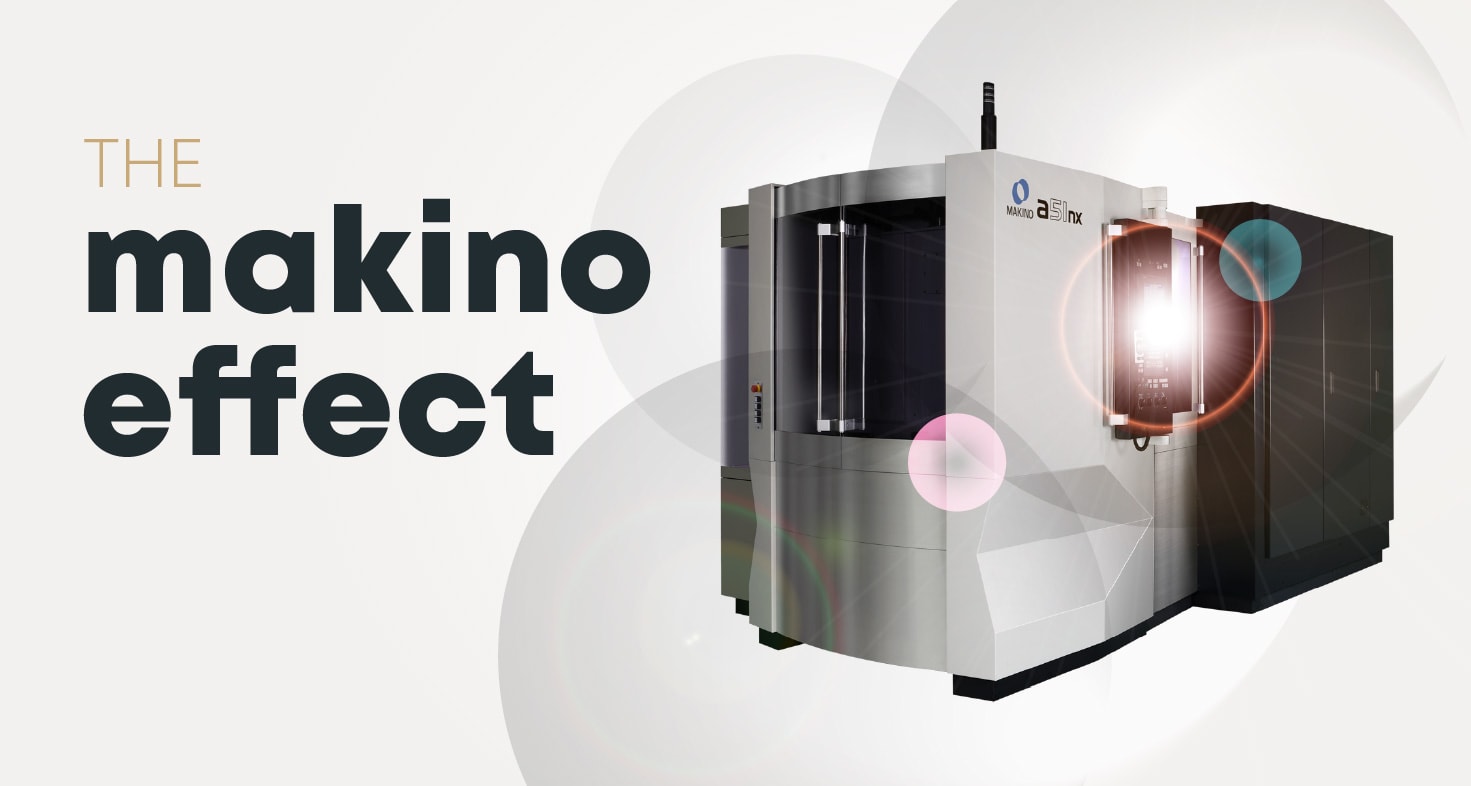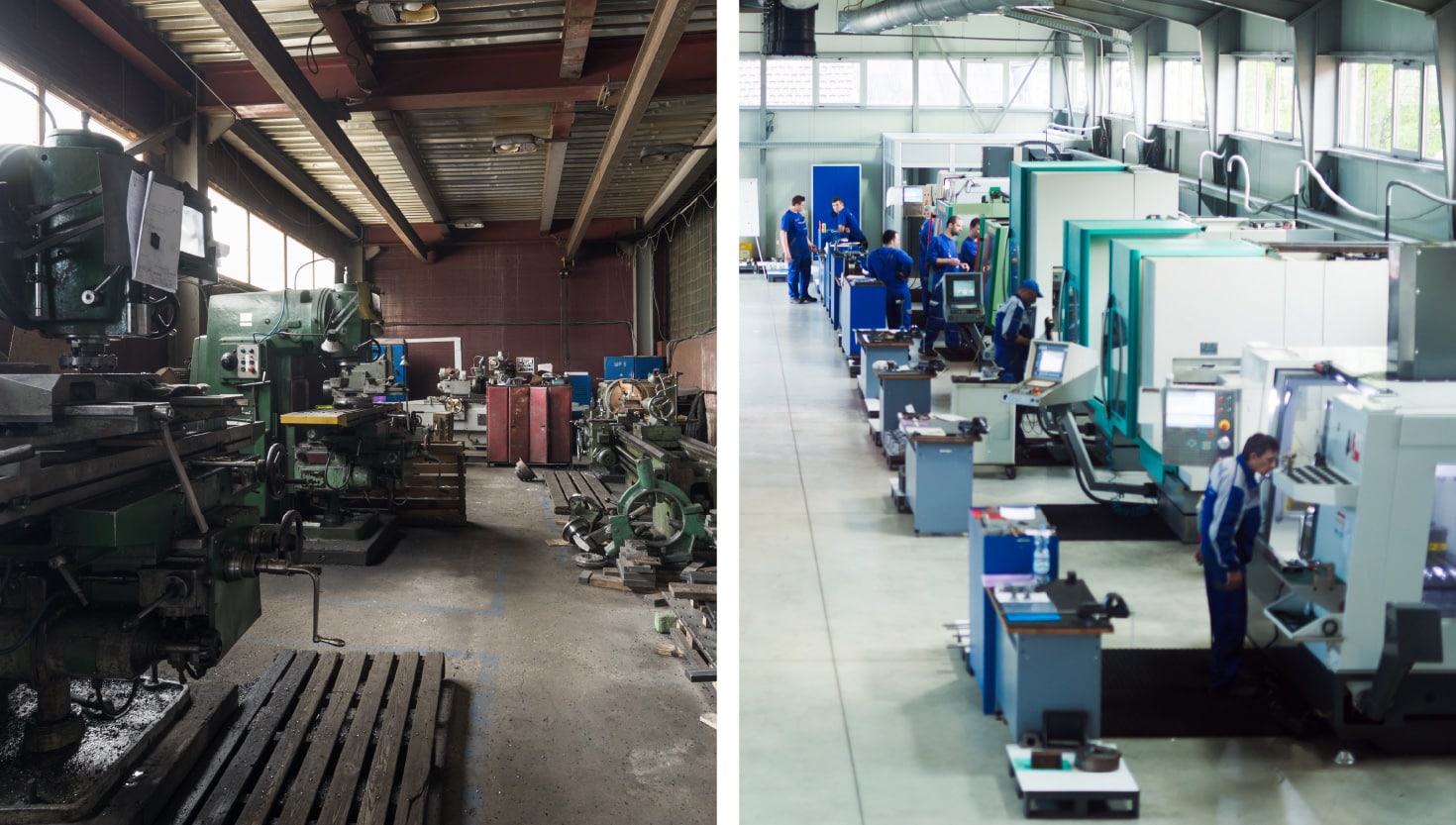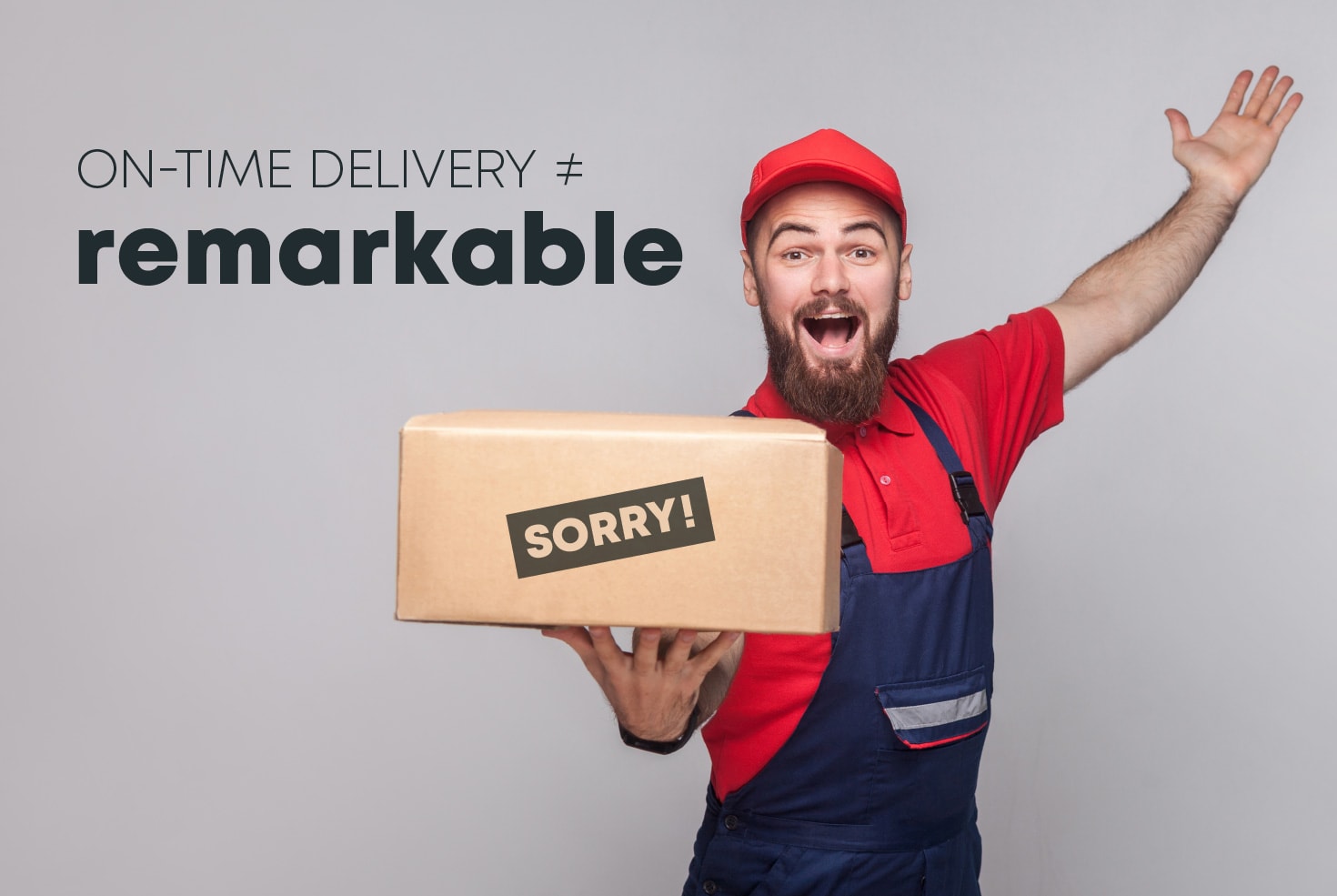
The Spark: Shoving the robotics industry into the 21st century
Loupe’s spark was Shuv — a proprietary offering enabling engineers to remotely push updates to any machine, from anywhere.

*Note: This is part of a series on the Kinesis blog about the wicked problems facing small businesses. Check out some other examples of wicked problems: Your Company Being a Best-Kept Secret and Client Concentration Risk.
Recently on the Kinesis blog, we’ve delved into some of the most common challenges our clients (and many small businesses) face – broken into a few categorical themes. First, we explored the 800lb gorilla, and how client concentration can put your business at risk. Then, we uncovered the phenomenon of the “best-kept secret,” and how an organization can work to become a household name without compromising values.
Today, we’d like to share another pervasive business hurdle – best exemplified by the Makino’s effect on the manufacturing industry.

Makino is a CNC machine tool manufacturer – and years ago, was one of the first to combine precision technology with software, engineering, and automation. A Makino machine was (and is) an amazing piece of equipment, capable of manufacturing parts faster and more accurately than previously thought possible.
It represented a substantial capital investment for small manufacturing businesses, but it paid for itself over and over again by bringing a degree of productivity and quality never before seen on most shop floors. Manufacturers that purchased these machines when they were first developed were massively more successful than others using manual machines or older equipment. (Some, in fact, were Kinesis clients.)

For a little while, any company that had invested in this equipment had an obvious and immediate advantage in the marketplace. They were the best, by every measurable KPI. If they wanted to prove their value to prospects, all they had to do was show them a line card. Customers flocked. Revenue skyrocketed. Business was good.
But then, as with all good things, word got out.
Over time, more and more companies started buying this magic-making equipment. Suddenly your neighbor, your closest competitors, and even manufacturers in other markets all had Makinos. Within just a few short years, what was once a unique and remarkable competitive advantage became commonplace – a baseline expectation, a table stake.
Now, put yourself in the shoes of a customer. If every company touts the same equipment and technical capabilities, how do you make your decision?
You guessed it – price.
It’s tempting to think of this as a challenge unique to manufacturing. If you’re a professional service business, or a contractor in the built space, you may think this problem doesn’t apply to you. Unfortunately, this is far from the truth.
For example, you might believe that your delivery times are remarkable – but what happens when your competition can offer the same project timelines? You may believe your customer service sets you apart – but what if your peers are touting the same thing?

As Peter Drucker once put it, “In a commodity market, you can only be as good as your dumbest competitor.” Intense global competition, outsourcing, and offshoring are all squeezing margins – increasing customer price sensitivity and making it harder to sustain remarkability.
The truth is, no one is immune – any product or service can be commoditized. But that doesn’t mean you have to compete on price. Fortunately, there are ways to combat this over time with the right attention and resources.
Earlier in my career, I worked for a transportation engineering company that faced a similar challenge.

Phase 1 – Innovation: The term “transportation engineering” may be familiar to you now, but there was a time when this was a unique specialized service, securing our competitive advantage. If your business is built on a new and/or specialized idea, you may also be able to ride the wave of innovation as your sole competitive advantage for a while.
Phase 2 – Specialization: But for us, slowly, the marketplace began to catch up – and we were no longer the go-to for transportation engineering services. So, we had to seek new differentiation. We found that our competition tended to be generalists – doing a little of everything for everyone – so we carved out a niche for ourselves amongst our best-fit clients. This is a common path to differentiation for many SMBs, as it allows you to hone your expertise, becoming uniquely qualified to serve a distinct cohort.
Phase 3 – Distinction: However, even a niche client or industry focus has the potential to be copycatted. Which is why it then becomes important to define the unique and remarkable way you serve your clients – at Kinesis, we call this your “proprietary way.” If you’re able to outline your process and show your value at each stage, you can use it to set your company apart and become a leader in your space.
Phase 4 – Leadership: Once a business has established their unique way of doing things, the opportunities for differentiation are boundless. In the case of my old company, it came in the form of how we showed up in the community – becoming leaders in education and research. By developing proprietary insights, we became known as the experts in our space. We also built a culture program that became a competitive recruitment advantage – our internship program became known around the nation. This could take shape in a number of ways for different types of organizations, but is an opportunity to continue to build upon your reputation externally.
If your industry is driven by commoditization, there are still steps you can take to differentiate your company and compete on more than just price. As with any big challenge, unraveling it requires time, dedication, commitment, and patience. Here are some questions you can ask yourself to begin preparing for this journey:
When asked his philosophy for selecting companies to invest in, Warren Buffet was once quoted as saying, “In business, I look for economic castles protected by unbreachable moats.” In other words, he values a business by the competitive advantage that protects it. Does your organization have such a protective barrier?
(Pssst: To learn more about Buffet’s investing strategy and how you can apply it to your business, read this article on how to build your deep moat.)
A good start to this exercise is to determine where you’re currently hanging your hat when it comes to remarkable differentiation. How are you positioning yourself as unique in your space? If a customer were on the fence about choosing you or a competitor, what would you say to sway them? (And hint: It can’t be price… and probably shouldn’t be equipment or lead times, either.)
(Pssst: Need help getting started? Check out our blog post on creating a remarkable company through differentiation.)

Put simply, your Proprietary Way is where purpose, people, and process overlap to solve a real challenge in a remarkable way. If you operate in a commoditized market, provide your customers with a meaningful choice between you and your competition by confidently telling them that “we do things this way.”
(Pssst: Looking for more information? Read more about how to drive profit margin by defining your unique approach.)
As we mentioned above, one path toward differentiation is specialization – and identifying the core customer base for whom you can do your best work. These are partners who value your contribution, and exist in an area you are uniquely qualified to serve. One way to start is to determine who these customers are, so you can carve out a niche to serve them the best.
(Pssst: Still not sure who these clients are? Start by taking a look at our Client Stratification Exercise.)
As we’ve demonstrated, differentiation doesn’t just apply to your external customer. The way you recruit, hire, retain, engage, grow, and support your internal team is just as important (and arguably more important) in creating something remarkable in your organization. How much attention are you currently devoting to this?
(Pssst: Curious about the impact company culture can have on the health of a business? Hear from Kinesis CEO Shawn Busse on how much to invest in culture and team building.)
While finding ways to differentiate in a commoditized market can be challenging, it’s far from impossible. If your business has made it this far, it's probably a result of remarkable people and processes - now it's just a matter of defining that remarkability, and telling your story in a way that differentiates you from the rest of your industry.
Finding your market filled with competition that looks almost identical to your business is a frustrating, disheartening experience, but it’s a common one. With the right preparation and resources, you, too, can move beyond the "Makino" in your business - and rise head and shoulders above the rest of your commoditized market.
Get insights like this straight to your inbox.